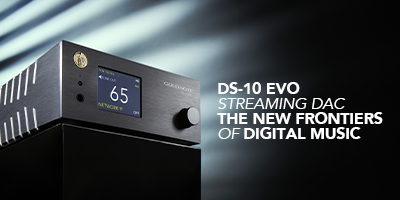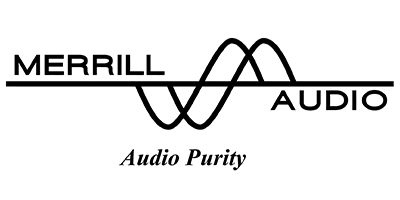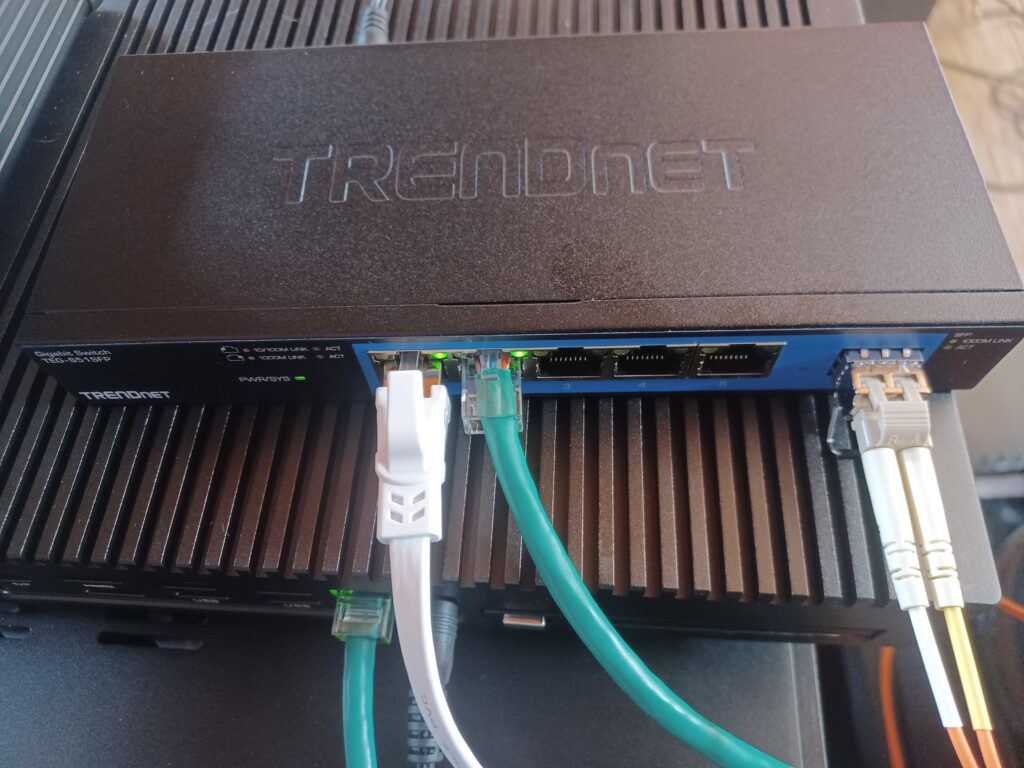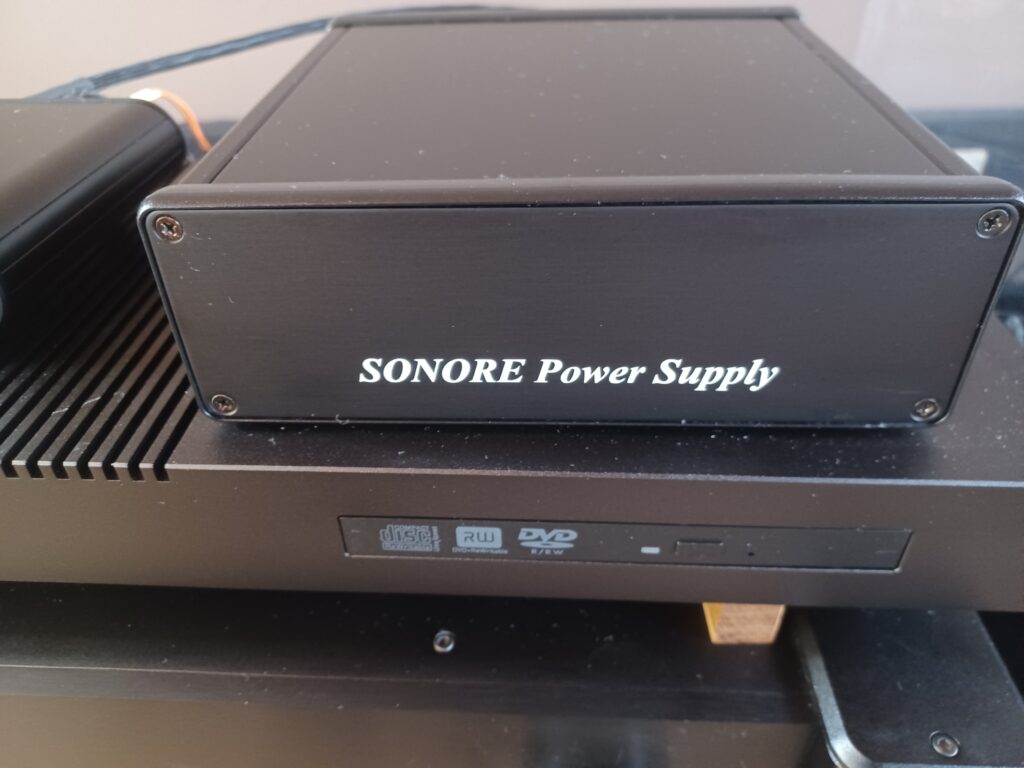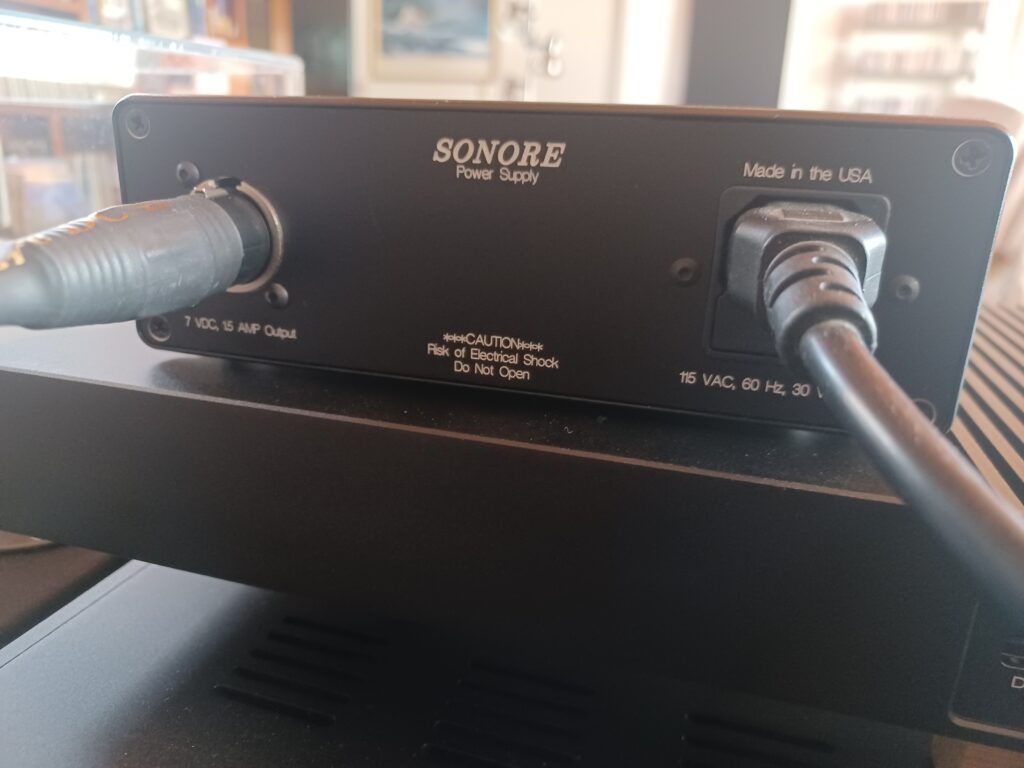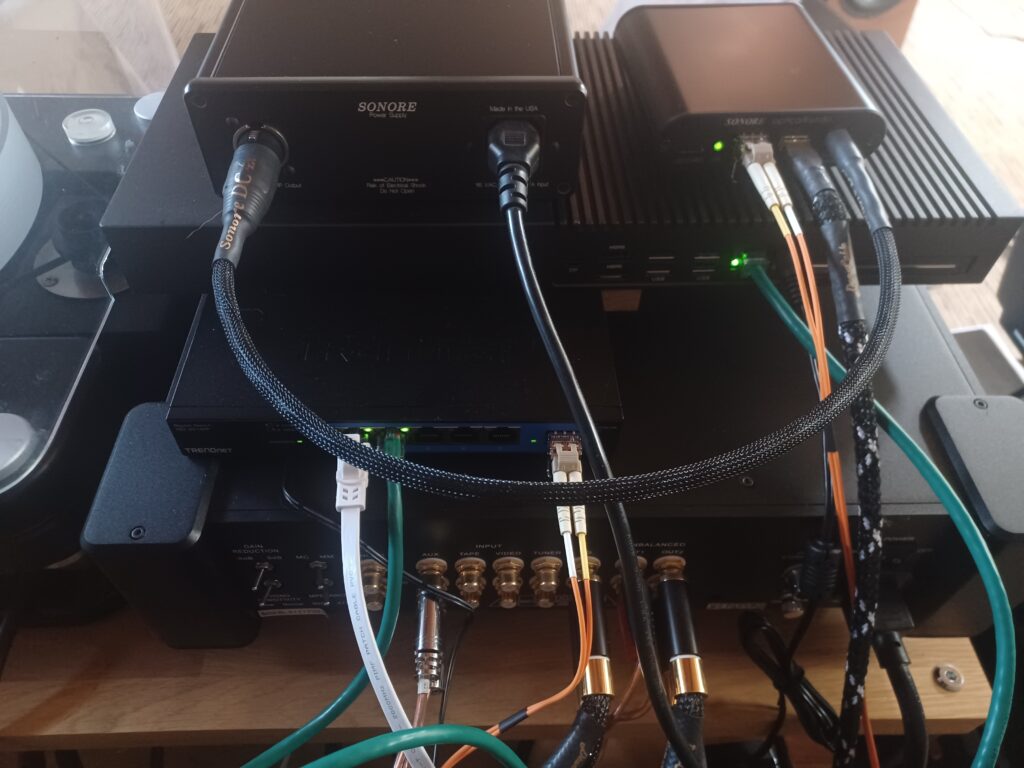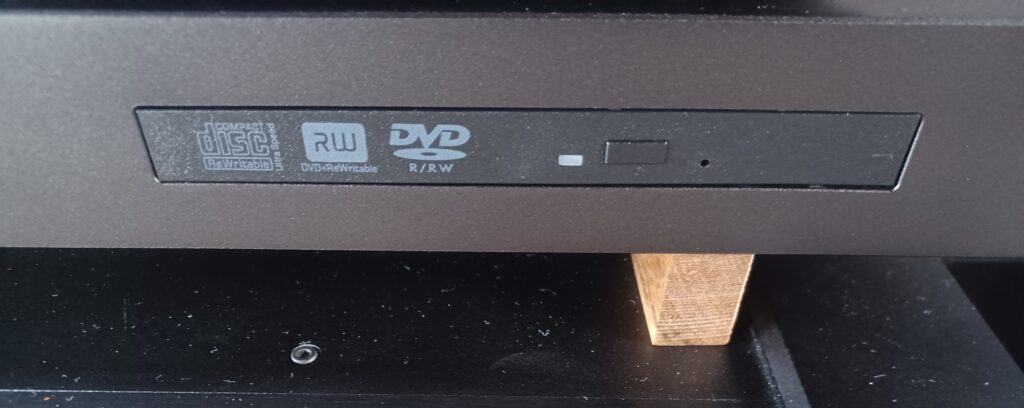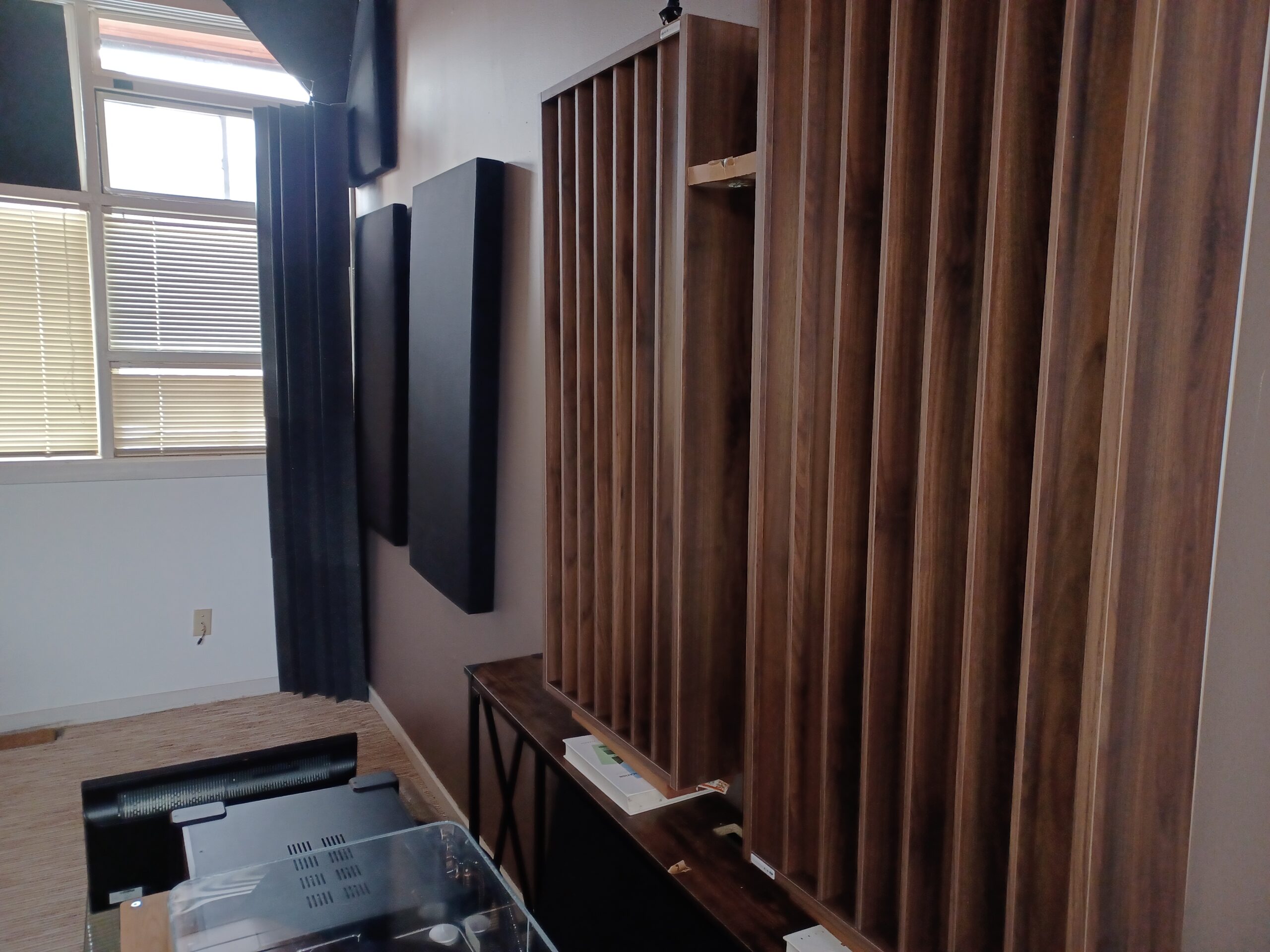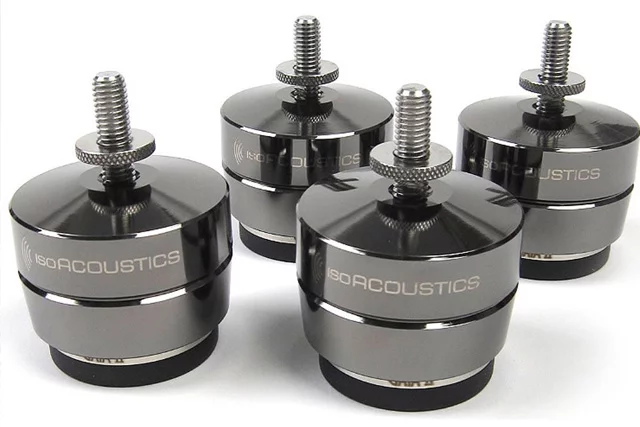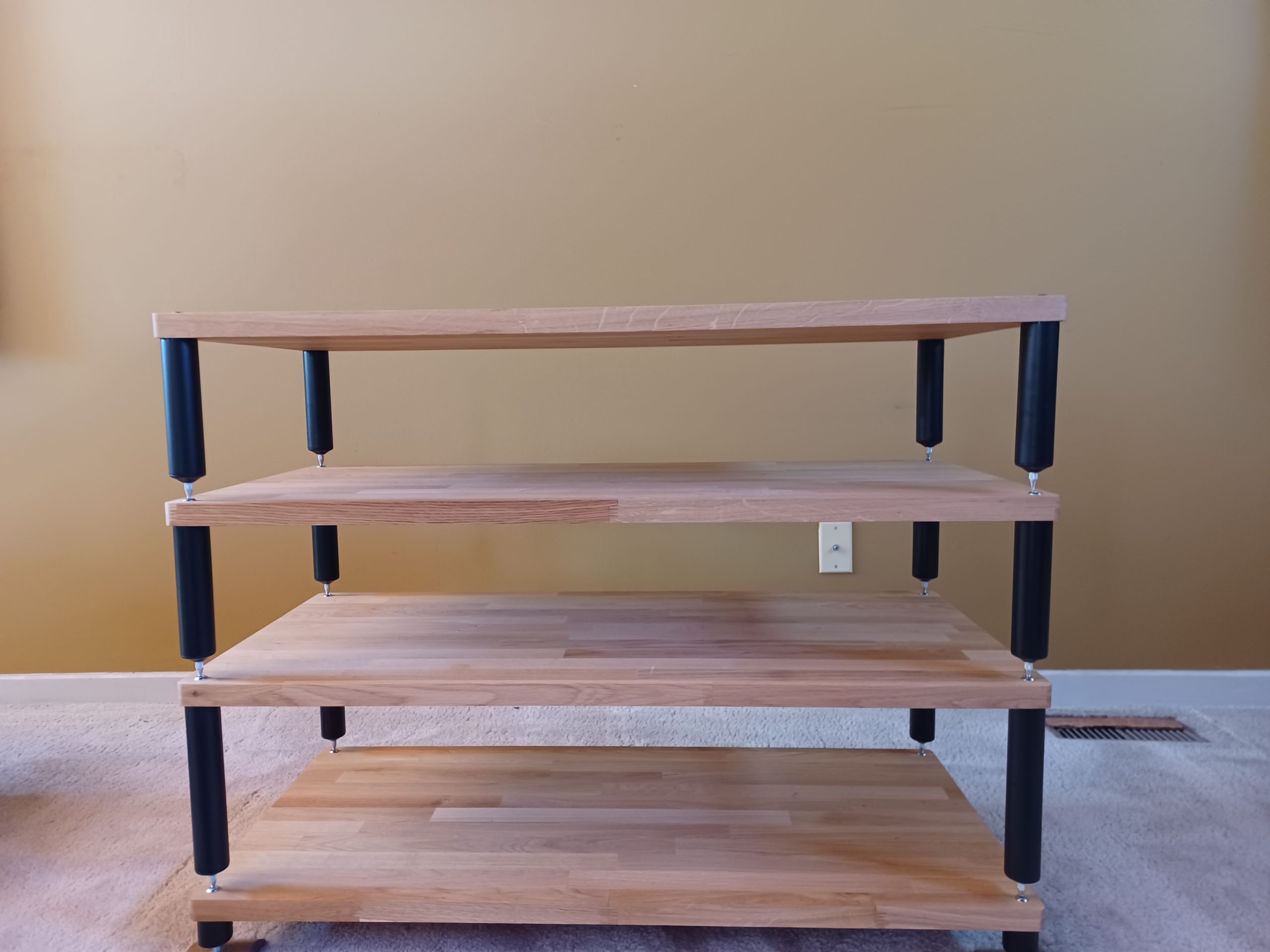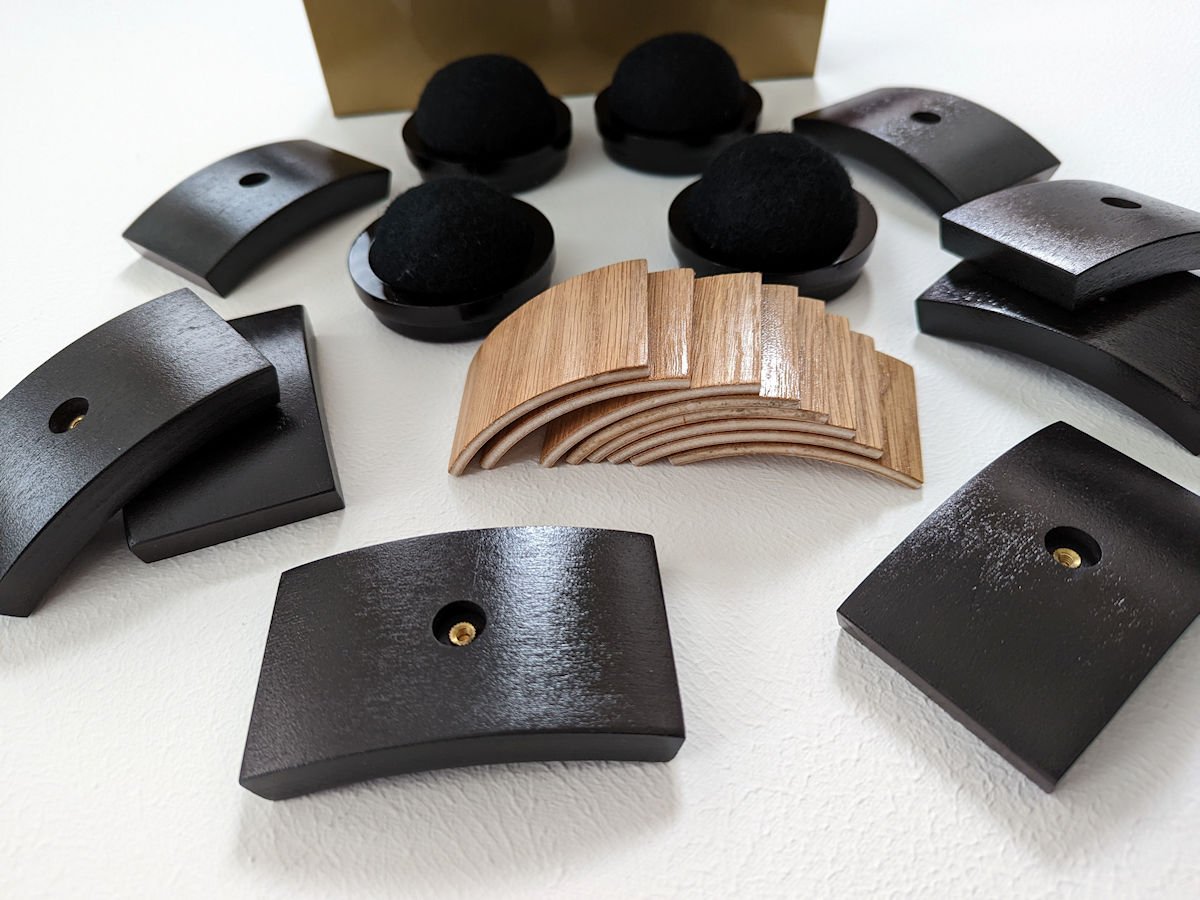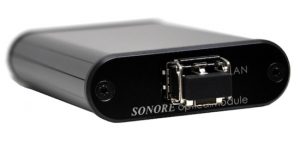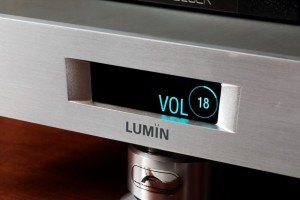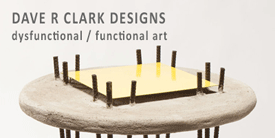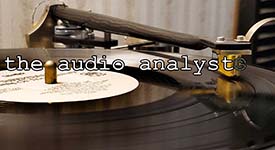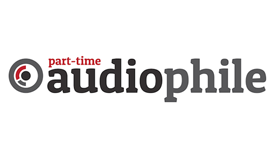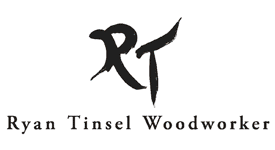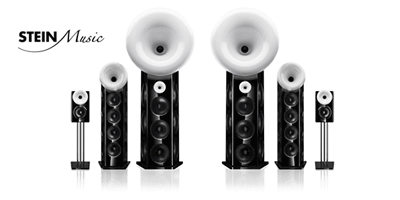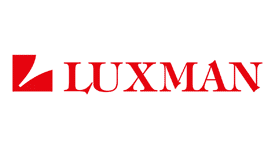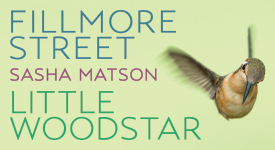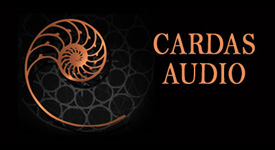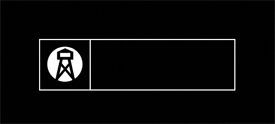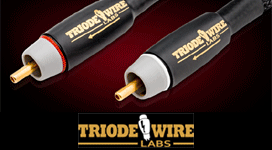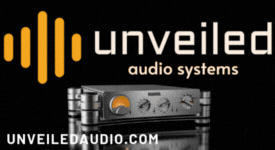It was back in 2015 that I decided to get into a digital audio source that was not based on either a CD Player or a Transport/DAC combo. I'm really having a hard time wrapping my head around just how long ago this was. In the 2015 May/June issue of PF—now in the archives—I wrote about my experience with an optimized 2012 Mac Mini (still held by most to be the best-sounding off the shelf computer to use for playing music at the time) and a YFS power supply that was custom made for the Apple box. Before this move I didn't know much about playing music on a computer other than using iTunes to load up my iPod. At one of the Rocky Mountain Audio Fests in Denver (remember that great show?) I was hanging in the PS Audio room and I noticed they were using a Mac Mini as a source. When I asked Paul McGowan about it he told me the key to good sound was getting a high-quality power supply and remove the less-than-optimal stock supply. He was using one from a company called Your Final System, or YFS in Boulder. Since Paul has already forgotten more than most folks will ever know about audio, I took his suggestion, and you can read the results HERE. I consider this rig to be the first generation of acceptable streaming hardware.
I made a few additions to the Mac/YFS rig over the years. I started with Amarra and Audirvana, then switched to Roon and Qobuz, which are still my go-to apps for library management and streaming content. Can't imagine living without either of these two in 2025. On the hardware end I replaced the Mytek Stereo 192 with a DENAFRIPS Pontus DAC. Read that review HERE.
Another worthwhile addition was the Singxer SU-1 USB Bridge to convert the USB output to I2S over HDMI. With those few changes I've lived happily with the aforementioned rig playing my ripped digital files and streaming an almost limitless Qobuz library. Content with the sound, I was just going to wait until the Mini died before switching to another server/streamer. The Apple/YFS hardware just kept on playing, never a problem. Then, at a meeting of the Colorado Audio Society our President, Brian Boehler, introduced me to the opticalRendu from Sonore. I've read the expression "the music emerged from a black background" in many audio reviews, but I've almost never experienced it (except some of the mega-buck systems at audio shows) in a real-world system until that day.
I started obsessing about what I heard until I decided to see if I could recreate that blackness in my room. The opticalRendu would need a server to act as a front end for the Sonore streamer, and with a bit of research I found Small Green Computer (SGC) who builds servers designed to work with Sonore streamers. SGC and Sonore are sister companies. They work together and some of Sonore's components are assembled by SGC.
Eventually, I started communicating with Andrew Gillis and Jim Jedow at SGC, and we came to agreement on the "SystemOptique" they'd send me for a review. It didn't hurt that PF's own Managing Editor Dave Clark reviewed and loved a similar bundle of goodies including the i5 sonicTransporter and the ultraRendu (without the optical capability) from SGC/Sonore back in 2019 (HERE).
Dave has a great ear and spot-on judgment, so after reading his ramblings I was sure this would be a server/streamer that would sound great, hopefully even better then what he heard. Following are the SGC/Sonore components that are the subject of this review:
The sonicTransporter i7 CDR (Gen 3).
According to SGC: This component combines Small Green Computer's high-end music server technology with a CD ripper (CDR) into one intuitive and noiseless box. In addition to storing the entirety of your music collection, this user-friendly server runs Roon and many other applications with efficiency." It features 16 GB of RAM and a sleek new case design milled from a solid block of billet aluminum and includes a built-in CD ripping drive (CDR) for automatically importing a music collection of any size into lossless FLAC files and includes a 2.5" SSD drive bay for up to 8TB SSD internal storage or add your own internal SSD/USB drive/NAS. It comes with the Roon Server pre-installed, but can also support the addition of many more music applications including HQPlayer, MinimServer (DLNA), squeezebox, and Plex Media Server.
The opticalRendu Deluxe, new version.
According to SGC: The Sonore opticalRendu is a Roon Ready network player and network streamer. With its capability for audiophile-grade fiber Ethernet network streaming, the opticalRendu allows you to play directly to your DAC from a computer or a music server. The optical Rendu provides complete isolation from Ethernet network noise when paired with the TrendNet four port switch with SFB bundle. This will convert optical Ethernet to standard Ethernet and connect to a standard port on a router or switch. You should note that the fiber connections used in this system are not TOSLINK fiber. This is Ethernet fiber.
The 4-Port Gigabit Switch.
With the SFP bundle this lets the whole bundle talk to your network, and handles the Ethernet-fiber conversions. Unlike most switches it has an SFP port for attaching fiber optic Ethernet devices.
SGC 7V 25W Linear Power Supply with DC-4x Cable.
I'm a big believer in high quality power supplies. When I found out the opticalRendu was available with a linear power supply there was no doubt I had to hear the two together. The power supply dwarfs the opticalRendu which is a very good thing in my book. Not much to describe about the power supply except it's black, has a 25VA Toroidal transformer, dimensions are 4" x 2" x 6.5", and it weighs in at 2.5lbs. This one came with the Sonore DC-4x cable.
For more detail and specs of all the above goodies plus other products go to the SCG site https://www.smallgreencomputer.com/.
Once I put the components in a temporary spot on my rack, sitting on some Ayre Myrtlewood blocks, I sat back to get an idea of what they looked like in person. I felt the sonicTransporter has an understated stealthy look that would not be out of place in most systems. Milled from a block of aluminum, it feels solid. Black and unobtrusive, I like the look of the cooling fins. The opticalRendu and its relatively massive power supply are a bit more utilitarian, but not unsuitable.
You can use the quickstart instructions included with the shipping box, but you can also find quickstarts on your friend the sonicorbiter.com page, along with a lot of other resources you'll likely need later. After looking over the quickstart instructions I felt fairly confident how to proceed. Plug an Ethernet cable from a drop on your home network into an open Ethernet port on the TrendNet switch. Connect another Ethernet cable from the switch to the port on the back of the sonicTransporter, and then connect the fiber Ethernet cable from the switch to the opticalRendu. If you are a first-timer working with Ethernet fiber don't forget to pull the protective caps off the fiber connectors (like I did). SGC includes some Ethernet and fiber cables.
Power up the TrendNet switch with its wall-wart to AC, then connect the IEC powercable for the Linear Power supply, then connect the umbilical between the power supply and the opticalRendu. Connect the sonicTransporter power supply to an AC source, and plug the other end into the rear of the server then press the power button. It needs about a minute to complete its first boot up. This procedure worked for me, although reading through the quick starts for all the other devices made me realize there was probably more than one way to get it done.
Once connections are completed and the components are up on your network, go to the sonicorbiter.com site and get familiar with the different options. This is your dashboard, and you'll find your components listed with the all-important "manage" button for each component, an informative FAQ section plus Forums, and a YouTube link. If you still have a few questions (like I did) you can call Andrew Gillis or Jim Jedow at SGC.
After everything was connected and set up, I powered up my iPad to login and start Rooning. My iPad did not recognize the opticalRendu, so I restarted Roon. The iPad then recognized the opticalRendu and showed me a tiny image of it in the bottom right Roon window. Roon asked for my Qobuz credentials, and I was up and streaming.
I needed to copy at least part of my library of ripped discs to the sonicTransporter's hard drive. When I copied about a terabyte of mostly ripped files converted to FLAC it took about 10 hrs. After the files were residing on the sonicTransporter, Roon took all of seven minutes to recognize and index. They were now back in my Music folder accessed in Roon on through Focus>Storage.
Using the CDR on front of the Sonic Transporter to rip CDs to was as easy as opening the CD drawer on the front, placing the CD in, and closing the drawer. I pulled up the SonicOrbiter web page under Info > Apps > CD Import > and sure enough I saw the title and tracks the disc contained. The title was then added to my library.
Adding a NAS drive was easy as well. Once again from the the SonicOrbiter web page under sonictransport Info > Apps > Settings> Drive Mount> USB. Follow the easy dialog and you're up and running.
Once my Qobuz library and local files were recognized by Roon I started listening. Everything for this review was either streamed via Roon from Qobuz or played from my files ripped to the sonicTransporter hard drive. I really wasn't prepared for what I heard. The first thing is the dark absence of noise. Wait... I had noise before? Maybe the low level noise is really not that noticeable until it's gone? According to SGC "The systemOptique completely eliminates noise from a network by using glass optical fiber to transmit network data instead of copper wire. Any Ethernet cable made of metal, no matter how well made, can still pick up electrical noise radiated through the air. Optical fiber cannot pick up any noise because it's made of glass not metal." Makes sense. This is one reason fiber is used similarly in classified computer systems.
I immediately heard music that was cleaner, clearer, with more precise dimensionality, and increased resolution. The outstanding performance of the sonicTransporter/opticalRendu became increasingly obvious and provided a more convincing and cohesive listening experience. In the different frequency ranges, midrange was clear and uncolored, lows were solid, tight, and weighty, while highs were extended and clean. The soundstage felt illuminated, and I heard full, rich textures. Music felt more fluid. Detail and dynamics were enhanced.
When I cued up "Here Come the Girls" from Stanton Moore's With You in Mind, it was hard to keep still. Jump, PRAT, boogie factor, call it whatever you like, but the SGC/Sonore bundle got me moving, tapping, jamming, from the first few notes. This is a modern New Orleans take on an Allan Toussaint composition featuring Moore, Cyrille Neville, and Trombone Shorty. These cats can surely make you groove, and this tune via the SystemOptique gave me the goosebumps of the second-line infused rhythm, like a band with a great drummer can. Wait, it is a band with a great drummer. I was also thrilled to hear the background vocals that threaded their way through the cut in a way I'd never really noticed before. They were now akin to the way Steely Dan background vocals speak to me. I was planning to move on to another album, but I just couldn't. I was now engrossed in next track "Life," unusually in 7/4. The odd time was no impediment. It was just as grooving/moving as the last tune, but in a different way. This was fat New Orleans greasy stuff that made me smile.
If you like Curtis Mayfield I think you'll like Pete Belasco. I feel he's channeling a modern, more commercial version of Curtis, maybe like Curtis-smooth. On "Deeper," his album's namesake, the cut starts with a simple funk groove. As the intro progresses the sonicTransporter/opticalRendu gives you synth glissandos and little punctuations like shining, glowing facets of light just dancing in three dimensions across the soundstage. They move back and forth culminating in a high-pitched metallic strike the last sixteenth note before the head of the song starts. This is maybe not so unusual, but this last note is just hanging there in space about six feet in from the front wall resulting in an imaging and soundstaging coup and is just pure pleasure.
Next up, "Gaslighting Abbey" from Two Against Nature, one of the few Dan/Fagen efforts I don't have on vinyl. I brought this up on a 24/96 version in Qobuz. In the intro I've heard the bass guitar and bass drum get merged together on some systems. Not this time. Both the bass drum and bass guitar were distinct with a solid voice and very easy to distinguish. I was noticing many details that escaped me previously, one of which was during Chris Potter's sax solo. In addition to the center image bass guitar part there was another bass part close to the right speaker I never heard before that provided a counterpoint that gave the cut a different meaning and perspective. There were many details that emerged that changed my fundamental interpretation of this tune. Nice.
Some listeners but still believe streaming is not really a high end digital source. I challenge them to seriously listen to the SystemOptique and not change their opinion. In the past I thought that local files ripped to my hard drive usually had a slightly superior sound quality vs streaming. Now? I honestly don't know if I heard any difference in FLAC 16/44 files whether they were streamed from Qobuz or on the hard drive—both sounded great. What about Hi Res files? I heard a dramatic difference in quality of the 24/96, and 24/192 files Qobuz was providing, whereas previously I felt I was straining to hear any difference in these same files. DSD files on the hard drive? Yow, they were fabulous, and were the easy winner of all the digital formats I was listening to, with an aliveness I hadn't heard before. Compared to my Mac Mini rig, the SystemOptique's synergistic relationship with Hi res is much more seductive. This may be at least partly attributable to the more powerful i7 processor.
My audio buddy Scott came over to listen to the setup, having heard the old Mac Mini based system many times. He listened for a few minutes then said "Where can I buy one of these, and how quickly can I get it?" "Can I use the opticalRendu on the back end of my Roon Nucleus Plus?
Here's what I can summarize from a month of listening. This was an elevated streaming experience. It changed my outlook on streaming from a class-B sounding convenience to a bonafide digital source. I was more engaged in experiencing the intensity and the fun of the music. It put me in the conscious moment with the artist I was listening to. With the sonicTransporter and opticalRendu it was about the nuance and the more pronounced 3-D effect that 2 channel stereo is capable of. The airy dark spaces between notes had a prominent place in the presentation. Drummer Steve Gadd—universally acknowledged as one of the greatest ever—is quoted as saying "it's not where you place the notes, it's how you manage the space in between the notes that matters." The SystemOptique managed that space like no other server/streamer I've heard, and I believe it is directly attributable to the simple, but brilliant way fiber optic internet is used to provide a signal to your DAC, free of any electrical noise. Was I able to hear the music emerging from a black background in my room? Absolutely.
I think I can quantify my current listening habits at about 60% streaming with about 10% local files with 30% on vinyl. I would love listen to more vinyl, but streaming is just so damn convenient, especially when time is limited. And now with the SystemOptique, the quality of streaming has gotten so robust I don't know how much I'll even be accessing my ripped files (OK, the DSD files will still get a good workout) from the sonicTransporter's hard drive. These components from SGC/Sonore proved to be a state of the art solution for streaming especially if you use Roon/Qobuz as your main sources like I do. The difference you'll hear if you are currently a Mac Mini user like me is not subtle. Music carried a richer texture with more heft, and was more vibrant then when played back via my Mac Mini setup. It gave streaming music that little, but oh-so-important, thrust forward it needs to really shine. The opticalRendu power supply is a must to pull all the performance from the streamer, but the real icing on the cake is the SystemOptique solution for elimination all electrical noise before the connection to your DAC. I don't know of any other systems using this technology, and I think this gives the SCG/Sonore combo an advantage no one else has. So, for what I'm calling real-world (four figures) prices in this category, I think the SystemOptique offering is very hard if not impossible to beat. I haven't heard every server/streamer combo out there, but from what I have heard the sonicTransporter/opticalRendu combo is among the very best.
sonicTransporter i7 CDR Gen 3
Retail: $2095 as configured with 1TB drive
opticalRendu Deluxe new version with Linear power supply and Trendnet switch with optical port, fiber cable
Retail: $1774
Sonore Audiophile Linear Power Supply with Sonore DC-4x Cable
Retail: $925
Warranty
- • 30 days to return any of our products, no questions asked...
- • 1-year warranty on parts and labor
- • Lifetime free technical support
Small Green Computer
Contact via the "Contact Us" dialog on the website
Sonore

